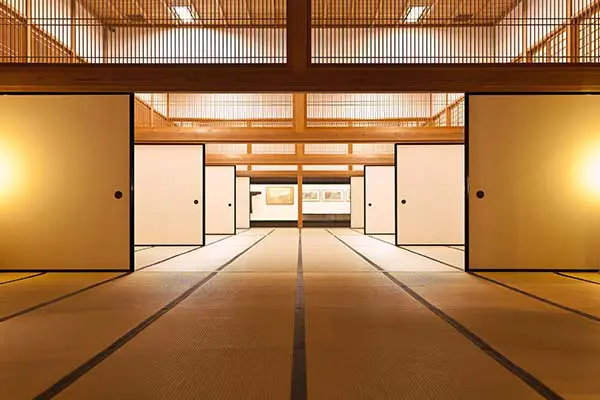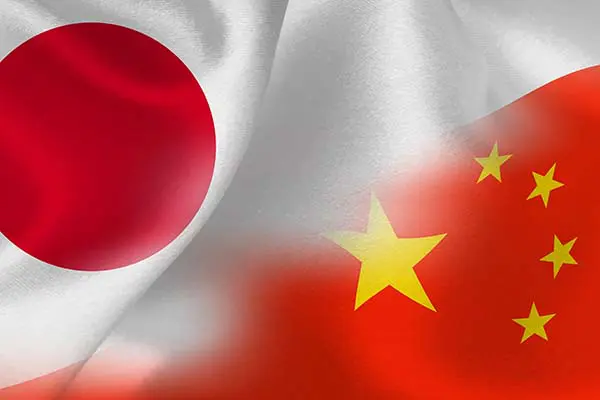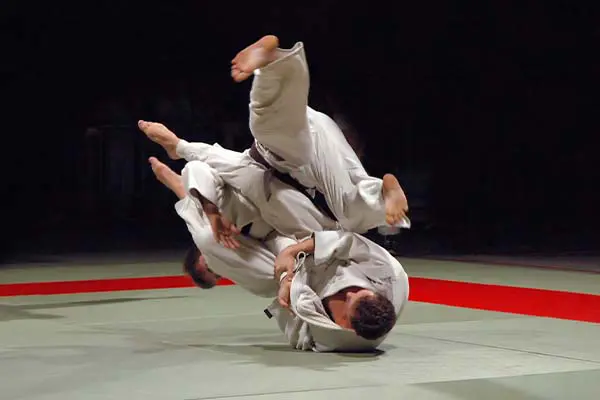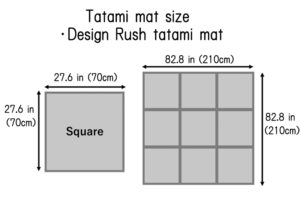History of tatami mats | unique piece of Japanese culture
Contents
History of tatami mats
Tatami mats are a traditional Japanese culture. Tatami mats are a traditional culture that originated and developed in Japan and have been described in Japan's Ancient Chronicle in ancient times.
In the beginning, it is thought that traditional Tatami rug carpets were laid between the boards instead of being laid on the floor, and they were used as bedding. It seems to be from around the time.
From the Kamakura period(1185-1333 CE) to the Muromachi period(1336–1573 CE), tatami mats were finally spread throughout the room. Then, it came to be used as a room to entertain noble people and guests, and it was treated as a building flooring material.
At that time, tatami mats were very valuable as a symbol of the wealth of aristocrats and samurai and were not used by the general public. In the old days, it seems that only very high-ranking people should use tatami mats.
From the Momoyama period(1573–1603 CE) to the Edo period(1603–1868 CE), sukiya-zukuri house and tea ceremonies developed, and tatami mats became widespread.
However, it seems that it has not penetrated the general public yet and could only be used by people with higher status. It is said that it became available to the general public after the middle of the Edo period(1700–1868 CE), and it is said that people called tatami mat masters and tatami mat shops began to appear in this period.
At that time, the sights of houses hanging tatami mats were often seen. Tatami mats have been loved for more than 1,000 years, but recently many different types of tatami mats have appeared on the market.
Comparison of Tatami Rush material made in Japan and made in China
Since tatami is a uniquely Japanese culture, many people believe that it is exclusively made in Japan, but in reality, most tatami is made in China.
It is an era when Tatami Rush material made in China is used unless it is specified as made in Japan.
Comparison with Japanese Tatami Rush material
It seems that the quality is better than before due to the technical guidance of Japanese companies, but in general, the following points can be mentioned compared to the Tatami Rush material made in Japan.
The cost of the Tatami Rush material made in China is cheaper because it is harvested in an immature state about one month earlier than the Tatami Rush made in Japan. There may be unevenness in the color of the product.
After all, the Tatami Rush material made in Japan is more expensive, so the overall quality of the material is high.
Differences between general tatami mats and judo, karate, and aikido tatami mats
Tatami mats used exclusively for judo, karate, aikido, etc. are not made of Tatami Rush material today. It typically uses a single polymer sheet with an uneven surface that mimics the grain of tatami mats.
Therefore, even in intense use in judo, karate, aikido, etc., it does not hangnail or generates dust like a normal tatami mat. There is a close contact type in which the surface of the tatami mat and the material inside the tatami mat are in close contact with each other and a cover type in which the material inside the tatami mat is not in close contact with each other.
The close contact type does not cause sagging or wrinkles on the tatami mat surface, and the cover type allows the damaged tatami surface to be replaced. Also, there is no outer frame found in general tatami mats.
Before the widespread use of polymer tatami surface types, the relatively durable tatami mat type made of shichito mat grass was used instead of the Tatami Rush material.
Recommended Special Feature
Author Profile
Latest entries
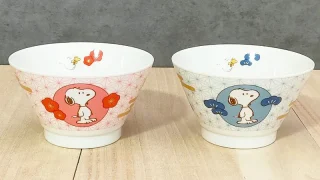 Rice Bowl / Ramen Bowl2025年8月5日Snoopy Japanese Rice Bowl Set - Red Plum & Blue Pine Design - Made in Japan, Microwave & Dishwasher Safe
Rice Bowl / Ramen Bowl2025年8月5日Snoopy Japanese Rice Bowl Set - Red Plum & Blue Pine Design - Made in Japan, Microwave & Dishwasher Safe matcha bowl / Yunomi tea cup2025年1月21日Kutani ware teacups are very easy to use
matcha bowl / Yunomi tea cup2025年1月21日Kutani ware teacups are very easy to use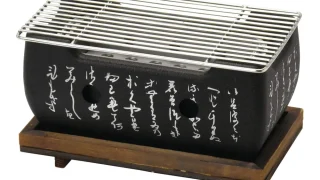 Japanese style BBQ stove grill2025年1月20日Combine a Japanese style BBQ stove grill and sake cups for a special dinner
Japanese style BBQ stove grill2025年1月20日Combine a Japanese style BBQ stove grill and sake cups for a special dinner SAKE bottle and SAKE cup2025年1月17日Mino Ware Gold-painted Sake Ware is Very Beautiful
SAKE bottle and SAKE cup2025年1月17日Mino Ware Gold-painted Sake Ware is Very Beautiful

